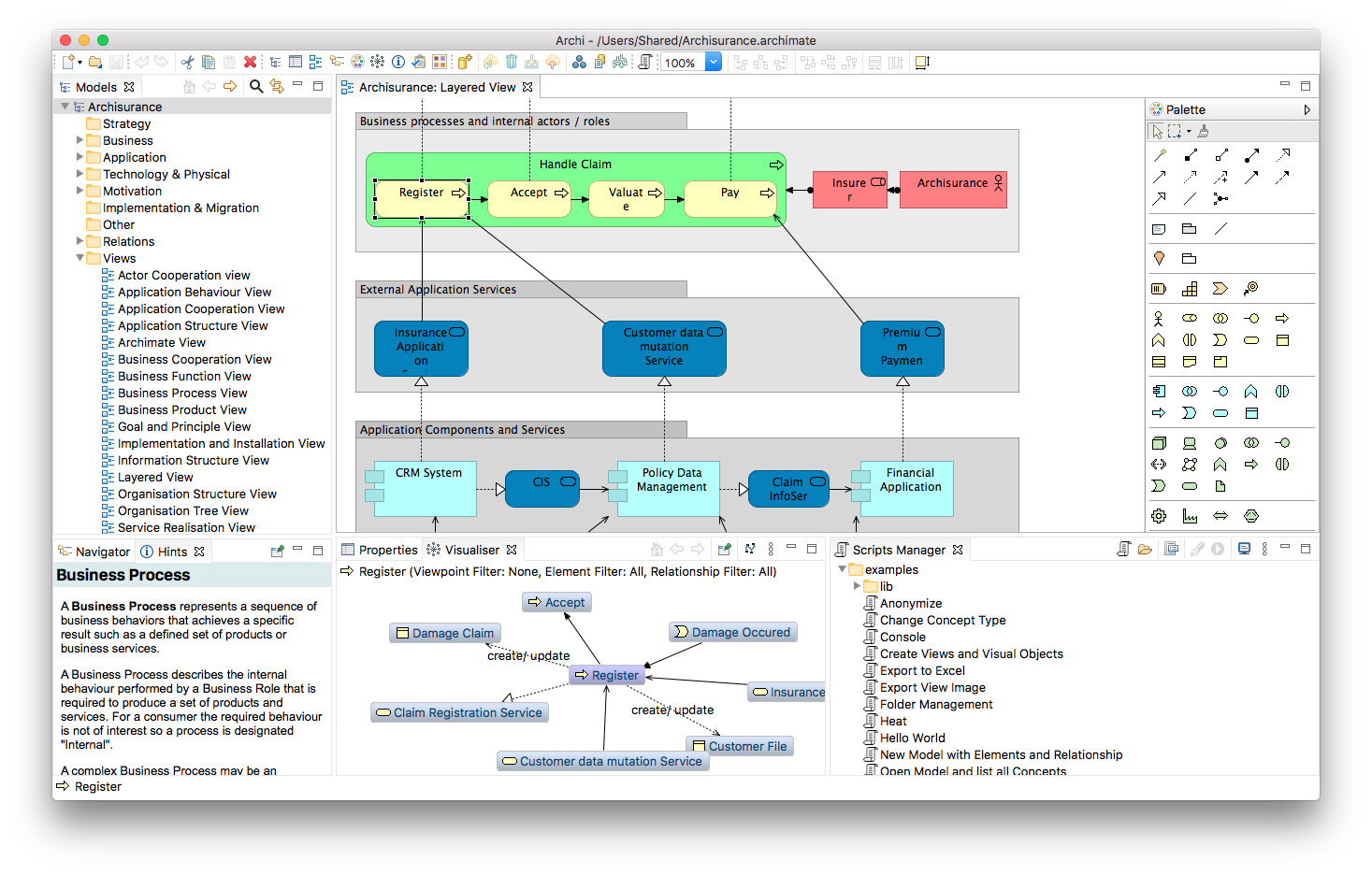

Data Recovery: Data Replication facilitates recovery of corrupted or lost data by maintaining accurate backups across numerous well-monitored locations. Improved Server Performance: Data Replication significantly improves the performance of the Server by dispersing the load on it across various Nodes, thereby improving the overall network performance. If the data has been replicated on their user’s local Servers, the issue of high latency would be resolved. Another situation in which users might face high latency would be when they’re trying to access data stored in a single database from different parts of the world. Increase in Data Access Speed: If a lot of users are trying to access the data stored in a single database, users might face some latency due to the high load on the database. This means that if one Node goes down due to glitches or for maintenance, the data stored in it can still be accessed from a different Node. Improved Data Availability: Data Replication improves the reliability and resilience of databases by storing the same data in multiple Nodes across the network. The key benefits of implementing Data Replication are as follows: Understanding the Benefits of Data Replication The replicated database is updated and synchronized with the source on a regular basis to ensure that the data is consistent across all its Replications. This results in the formation of a Distributed Database setup in which users can access data relevant to their requirements easily and quickly. In simple terms, it can be said that it is the process of copying data stored in a database from one Server to another Server ensuring high availability so that all the users can access the same data without facing any consistency issues or putting too much data load on a single Server. Introduction to Data Replication Image Source: ĭata Replication can be defined as the process of making copies of data and storing them on databases across different locations in order to improve their overall accessibility and performance in the network. Open Source Data Replication Tools: Rubyrep. Open Source Data Replication Tools: Talend. Open Source Data Replication Tools: Tungsten Replicator. Open Source Data Replication Tools: SymmetricDS. Open Source Data Replication Tools: ReplicaDB. 
5 Best Open Source Data Replication Tools.Understanding the Benefits of Data Replication.This article will provide you with a comprehensive understanding of what Data Replication is, what are its benefits and which are the best Open Source Data Replication tools available in the market.
Free Open-Source tools allow businesses to customize the tool as per their requirements. Paid tools usually have quality support, up-to-date documentation along with regular product updates to keep up with the changes in the databases and customer requirements. There are a lot of advantages to using each of those options. Businesses can either choose to go for Paid or Free Open-Source tools. There are a diverse set of tools available in the market that can be used by businesses to replicate data. One of the most significant requirements of businesses for managing data is a tool that can seamlessly replicate the high volume of data that has been collected. As the volume of data that businesses collect today increases, the need for tools that can help manage this data also increases.






 0 kommentar(er)
0 kommentar(er)
